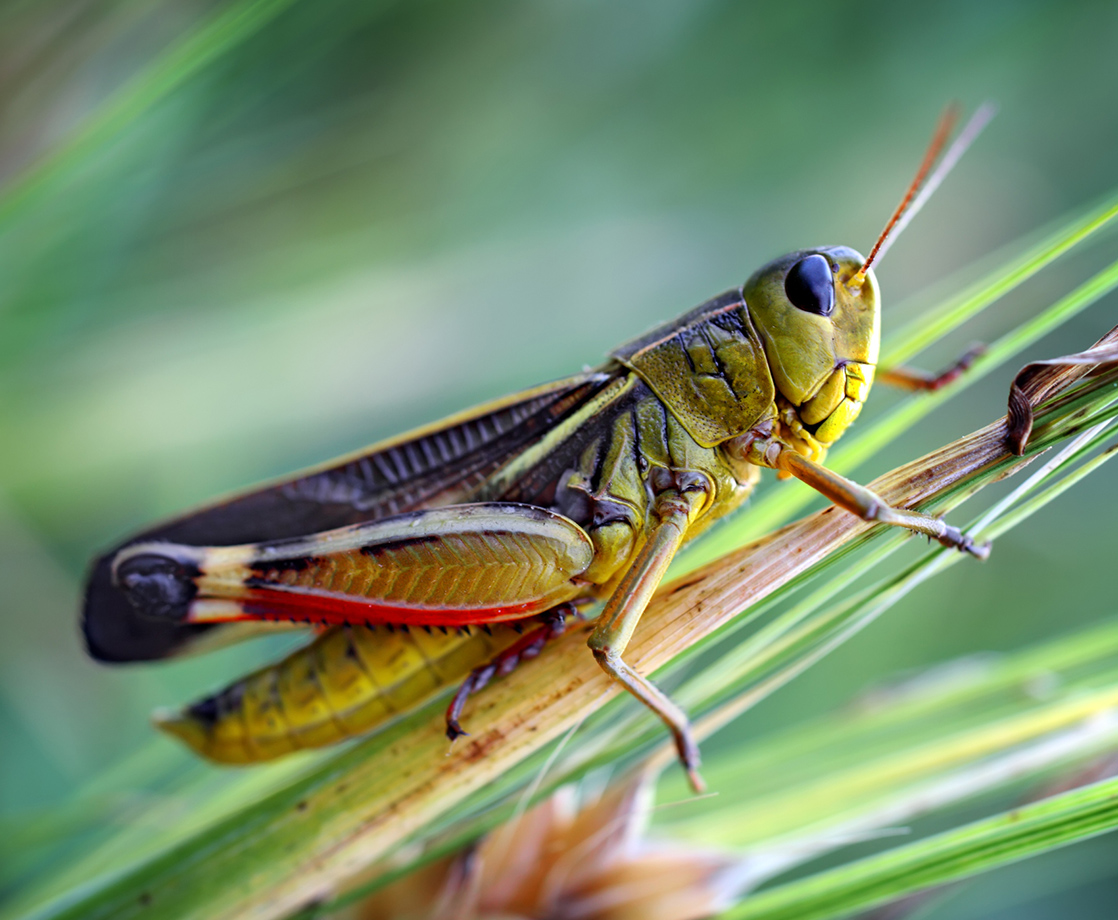In the 1998 sci-fi action masterpiece, Men In Black, Will Smith’s dapperly-dressed, alien-hunting protagonist is introduced to the tools of intergalactic crime fighting by way of the Noisy Cricket, a tiny make-believe gun that packed enough punch to stop the gnarliest extraterrestrial cockroach. In 2017, in the real world, American officials in Cuba emptied nearly half of the U.S. embassy in Havana because diplomats were reportedly under attack by a “sonic weapon” — what experts now believe was the dangerously high-pitch sounds made by crickets.
First documented in 2017 and resurfaced in a gripping longread in the New Yorker late last year, U.S. diplomats working at the recently reopened embassy in Havana reported inner ear pain, tinnitus, vertigo, and cognitive difficulties after moving to the long-embargoed island. Confused by the frequency and strangeness of the symptoms — eventually dubbed “Havana Syndrome” — doctors and American intelligence officers spent months looking for a cause, but repeatedly came up empty.
“Theories have proliferated about what might have caused the injuries,” Adam Entous and Jon Lee Anderson wrote in the New Yorker last year. “Initially, officials thought they might be dealing with a ‘sonic weapon.’ After U.S. investigators ruled out the possibility that the sounds themselves caused the injuries, government scientists studied whether microwaves could be the cause. During an interview in July, [Douglas Smith, the director of the Center for Brain Injury and Repair at the University of Pennsylvania] voiced doubts that a microwave device could be targeted so precisely. ‘From what I do know about certain forms of energy that are medically used to remove nerve fibres, such as to reduce pain, I can’t understand how any source would be so selective to only injure the brain and not peripheral nerves and the spinal cord,’ [Smith] said.”
But according to new data published late last week in the journal BioRxiv, researchers Fernando Montealegre-Zapata and Alexander Stubbs found that the suspicious illness was not caused by targeted sonic waves from Putin and the Russians, as some suggested, but rather the result of natural noise pollution from the extremely loud mating calls of the Indies short-tailed cricket — also known as Anurogryllus celerinictus crickets.
“The recording is definitively a cricket that belongs to the same group,” Montealegre-Zapata, a professor of sensory biology at the University of Lincoln who participated in the study, said, according to the New York Post. “The call of this Caribbean species is about 7 kHz, and is delivered at an unusually high rate, which gives humans the sensation of a continuous sharp trill.”
The U.S. hasn’t announced plans to combat the cricket sounds or reinstate full employment at the embassy, but at least we can stop looking for weaponized megaphones off the coast of Cuba. Just don’t be surprised when the Defense Department amasses it’s own insect collection to weaponize the power of the noisy cricket themselves.
Follow Zach Harris on Twitter











